RACK HV PRO
Fire safety standards for high voltage industrial rack batteries
Fire Safety Standards for High Voltage Industrial Rack Batteries
High voltage industrial rack batteries are essential components in modern energy storage systems, particularly in industrial and commercial applications. These batteries are designed to deliver reliable power, but their high energy density and operating conditions also pose significant fire safety risks. To mitigate these risks, stringent fire safety standards have been developed to ensure the safe installation, operation, and maintenance of high voltage industrial rack batteries. This article explores the key fire safety standards and best practices for these batteries.
Understanding the Risks
High voltage industrial rack batteries, commonly used in applications such as grid storage, telecommunications, and large-scale industrial facilities, are prone to fire hazards due to their high energy density and the chemicals they contain. Lithium-ion batteries, for instance, are widely used in industrial rack systems, but they are susceptible to thermal runaway—a condition where an increase in temperature accelerates chemical reactions, leading to an uncontrolled release of heat and flammable gases.
Other risks include:
Short circuits: Mishandling or damage to the battery can cause internal short circuits, leading to overheating and fire. Overcharging: Excessive charging beyond the battery’s capacity can cause thermal runaway. Physical damage: Impact or puncture to the battery can release hazardous materials and ignite flammable gases. Electrical faults: Malfunctioning electrical components can lead to arcing or sparks, increasing the risk of ignition.Key Fire Safety Standards
To address these risks, several international and industry-specific standards have been established. These standards provide guidelines for the design, installation, and operation of high voltage industrial rack batteries to ensure fire safety. Some of the most notable standards include:
1. UL Standards (Underwriters Laboratories)
UL 1971: This standard covers the safety of batteries and battery systems for use in uninterruptible power supplies (UPS) and similar applications. It includes requirements for fire resistance, thermal stability, and protection against thermal runaway. UL 9990: This standard focuses on the installation and fire protection of battery systems in buildings. It provides guidelines for spacing, ventilation, and fire containment measures.2. IEEE Standards (Institute of Electrical and Electronics Engineers)
IEEE 1625: This standard outlines best practices for the installation and maintenance of UPS battery systems. It includes recommendations for fire detection, suppression, and ventilation. IEEE 1500: This standard provides guidelines for the testing and evaluation of battery systems, including fire safety considerations.3. NFPA Standards (National Fire Protection Association)
NFPA 70 (NEC): The National Electrical Code includes specific requirements for battery installations, including fire-resistant construction, ventilation, and emergency egress. NFPA 111: This standard covers the installation, operation, and maintenance of UPS systems, including battery fire protection.4. IEC Standards (International Electrotechnical Commission)
IEC 60095: This standard provides requirements for the fire performance of materials used in battery systems. IEC 62619: This standard focuses on the safety of industrial batteries, including fire safety considerations.Best Practices for Fire Safety
In addition to adhering to the aforementioned standards, implementing the following best practices can significantly enhance the fire safety of high voltage industrial rack batteries:
1. Proper Installation
Batteries should be installed in a well-ventilated area, away from flammable materials and sources of ignition. Fire-resistant materials should be used for battery enclosures and partitions. Adequate spacing between batteries should be maintained to prevent the spread of fire.2. Fire Detection and Suppression Systems
Install fire detection systems, such as smoke detectors and thermal sensors, to detect fires early. Use fire suppression systems, such as gas-based or water mist systems, designed for battery fires. Ensure that suppression systems are compatible with the battery chemistry to avoid exacerbating the fire.3. Thermal Management
Implement advanced thermal management systems to monitor and control battery temperatures. Use battery management systems (BMS) to detect and prevent thermal runaway. Maintain proper cooling systems to prevent overheating.4. Regular Maintenance and Inspections
Conduct regular inspections of batteries, connections, and electrical components to identify and address potential hazards. Replace damaged or degraded batteries promptly. Train personnel on fire safety procedures and emergency response protocols.5. Emergency Response Planning
Develop and implement an emergency response plan for battery fires, including evacuation procedures and communication protocols. Provide emergency responders with detailed information about the battery system, including its location, chemistry, and fire suppression requirements.High voltage industrial rack batteries are critical for modern energy storage systems, but their potential fire risks require careful attention to fire safety standards and best practices. By adhering to established standards such as UL, IEEE, and NFPA, and implementing robust fire safety measures, the risks associated with these batteries can be significantly minimized. As the demand for high voltage industrial rack batteries continues to grow, ongoing research and innovation in fire safety technologies will be essential to ensure the safe and reliable operation of these systems.

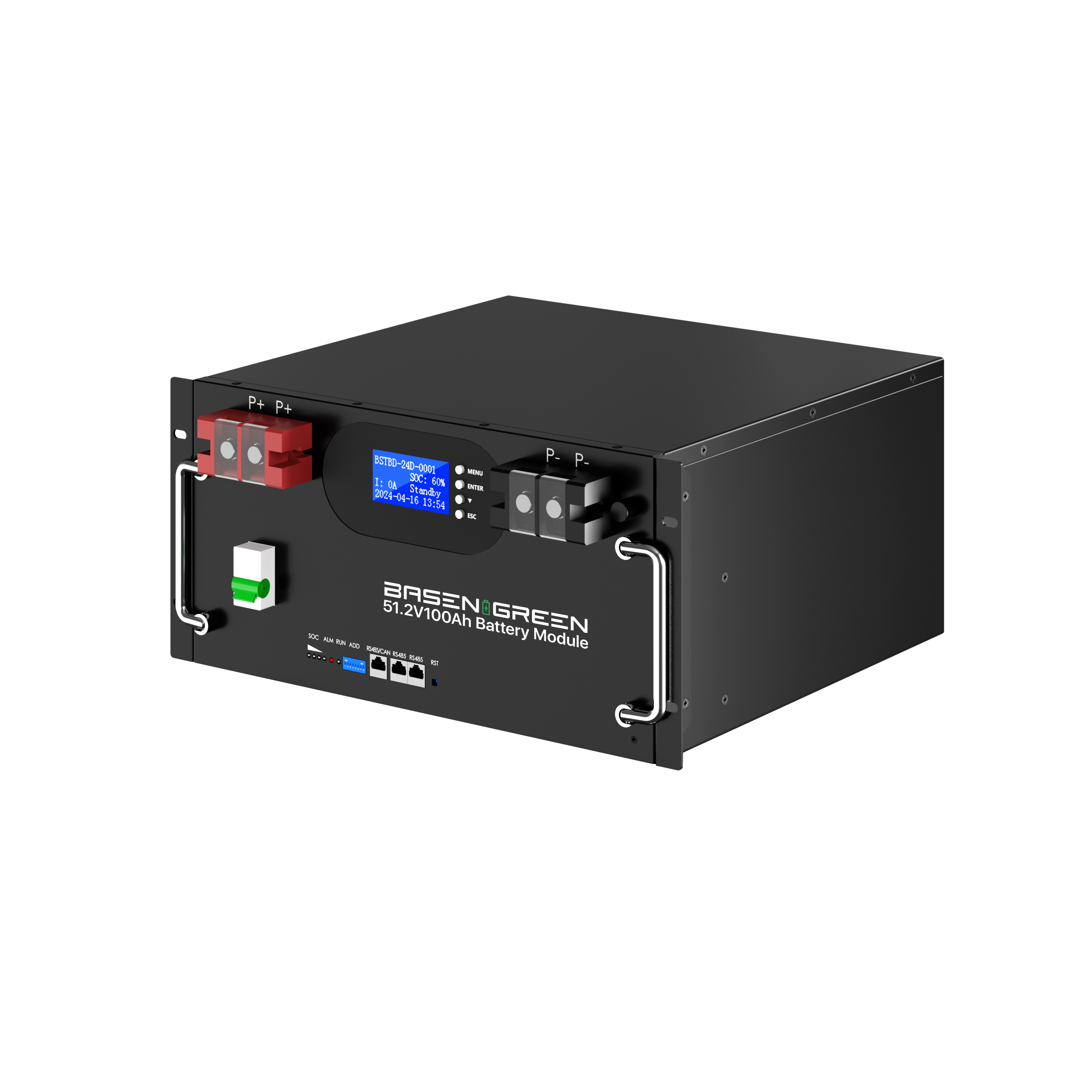
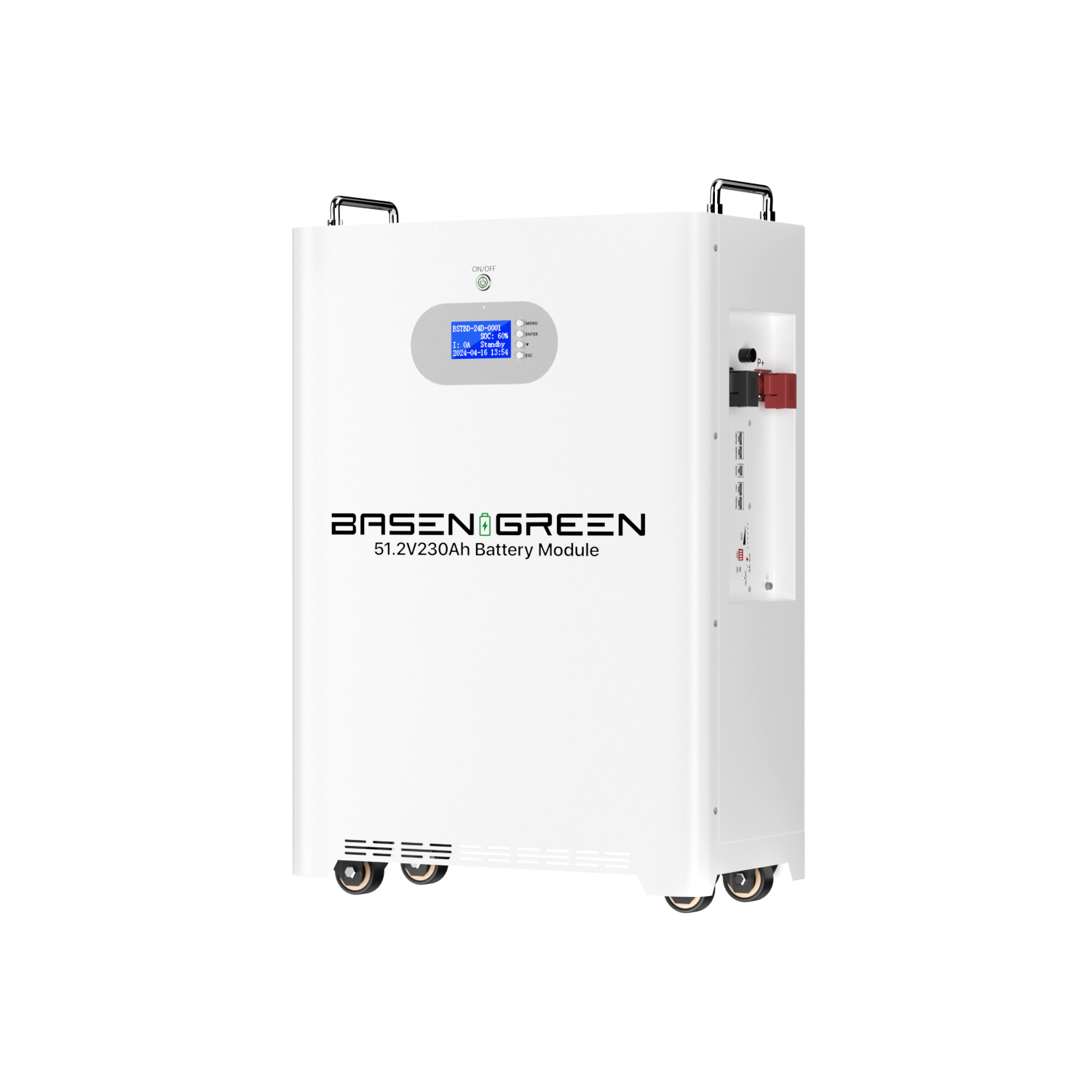
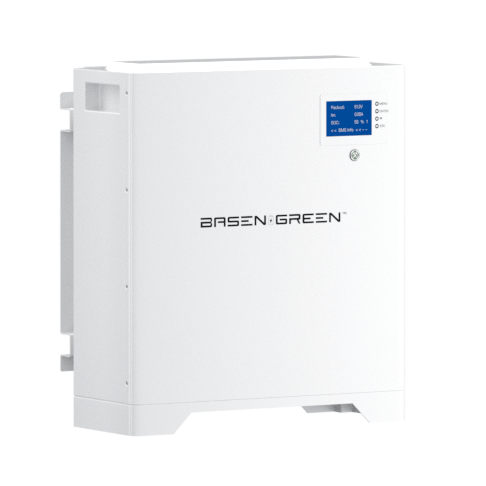
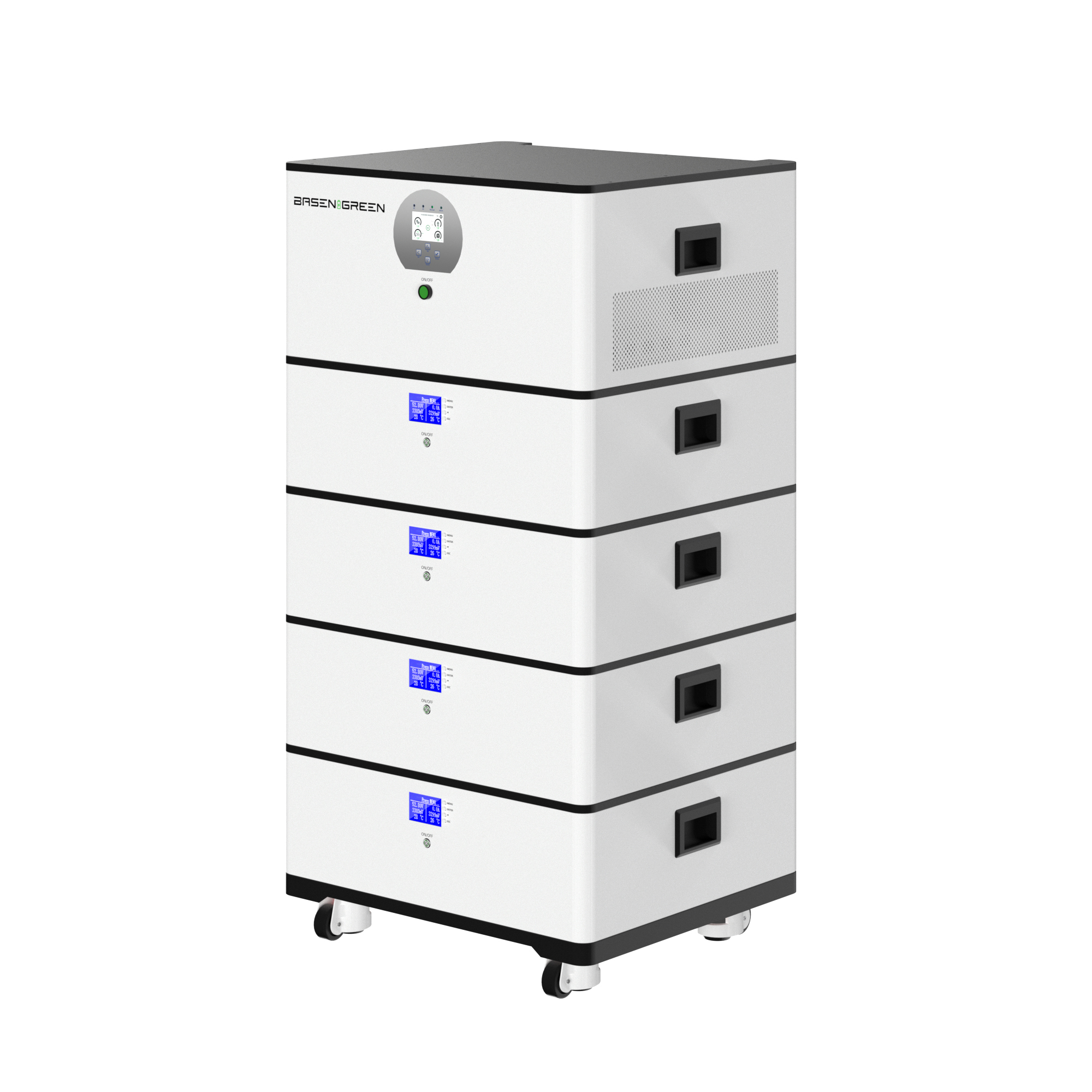

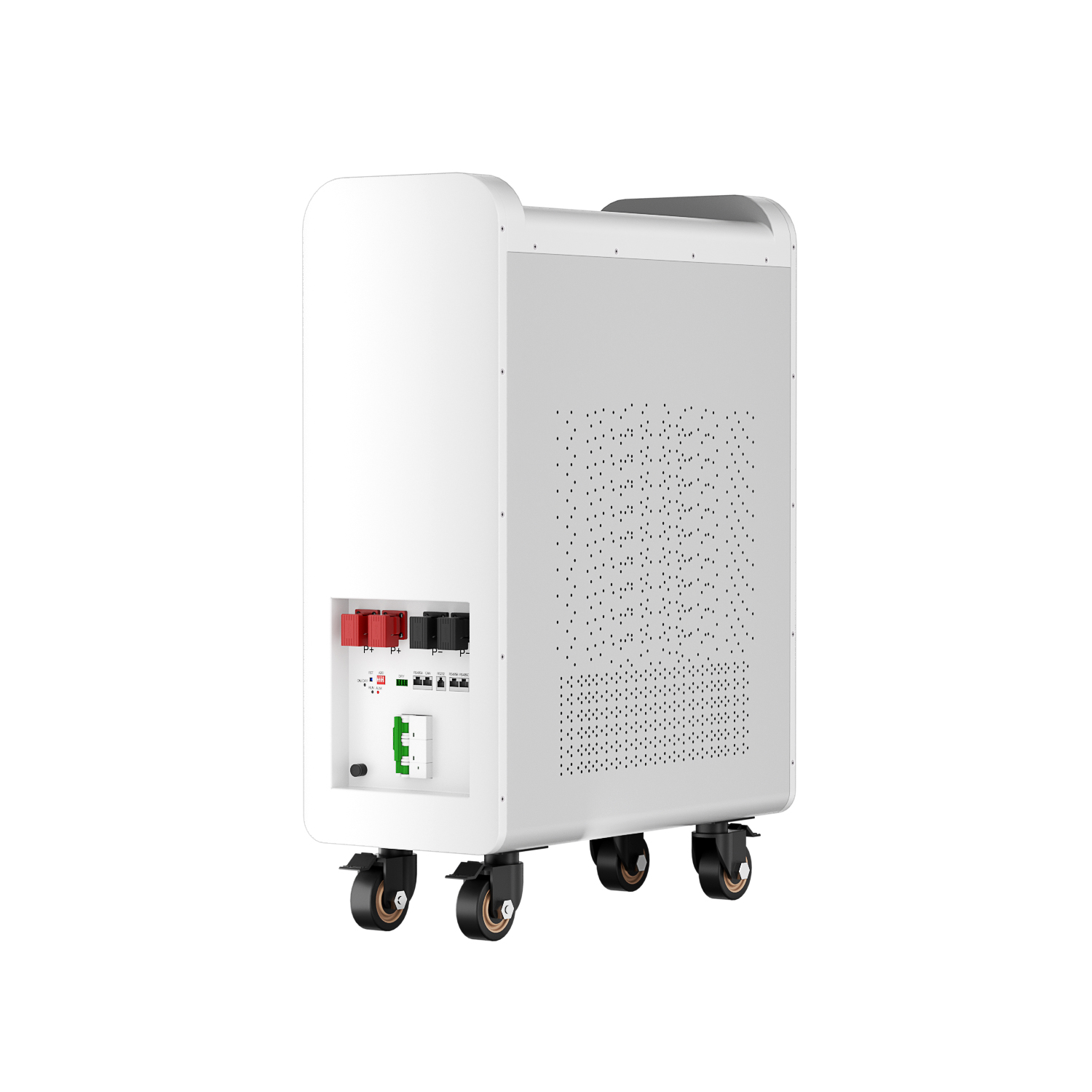
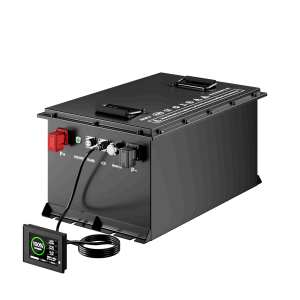
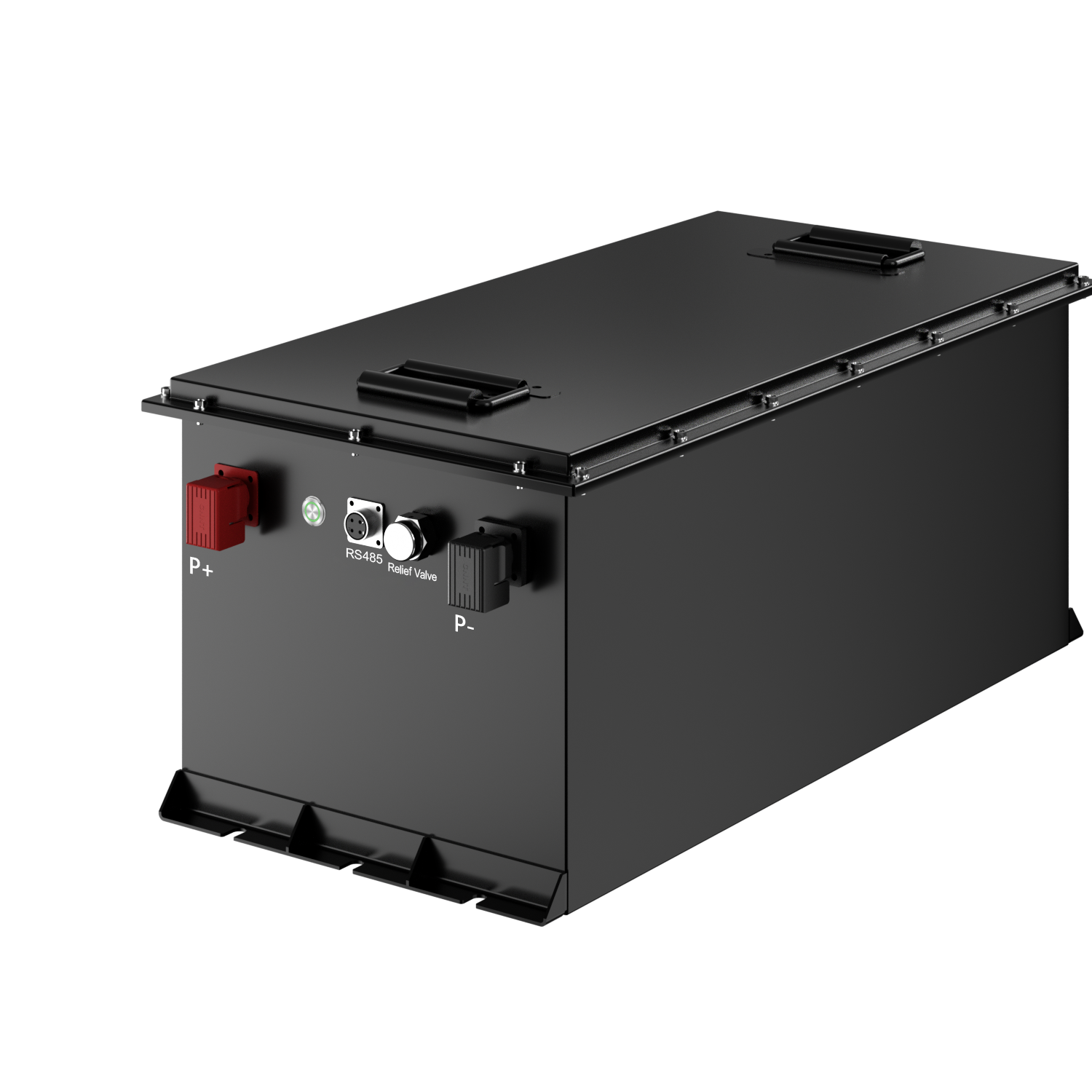
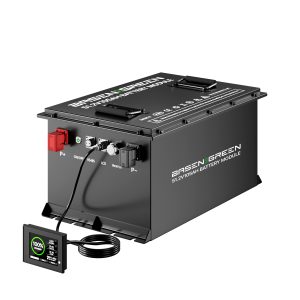
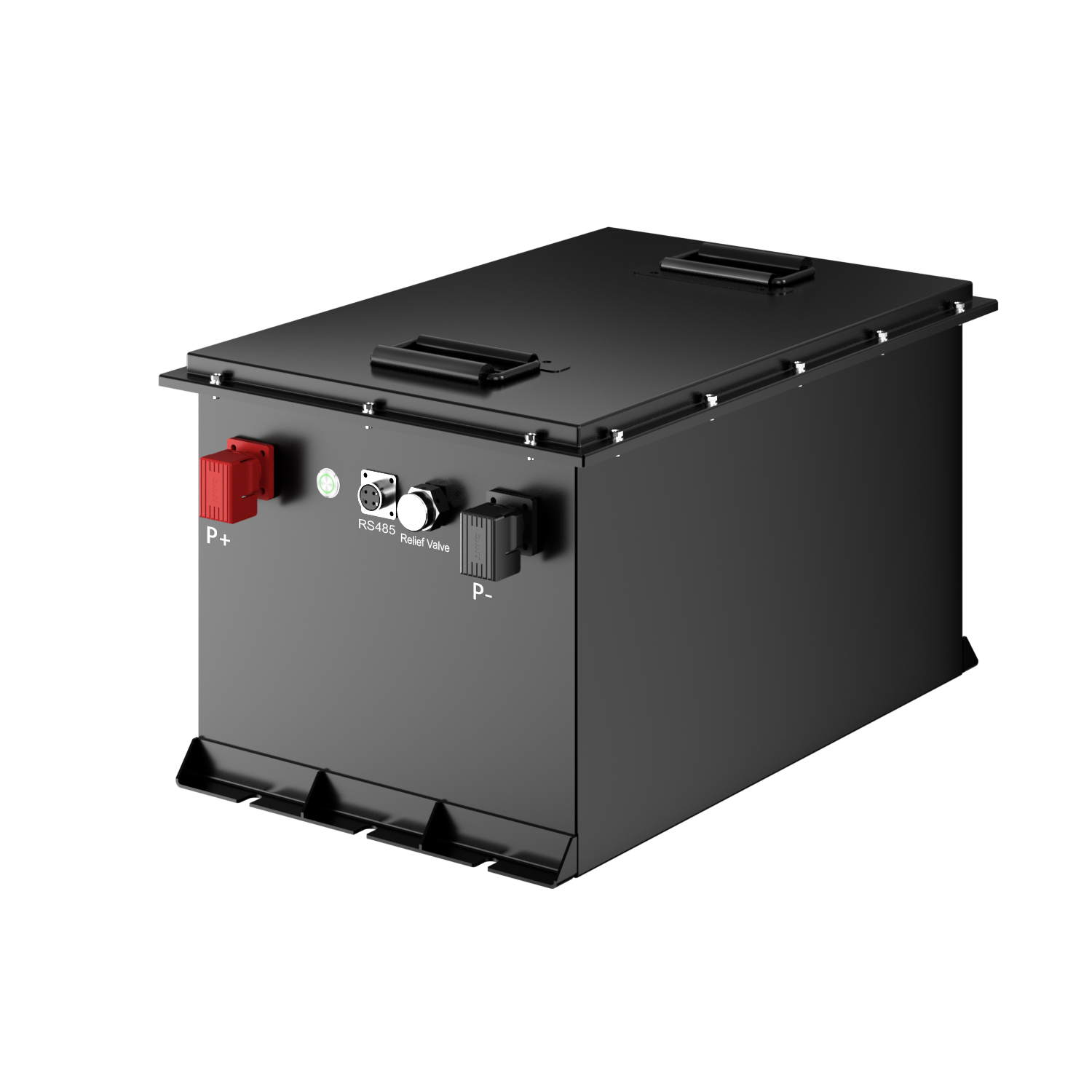
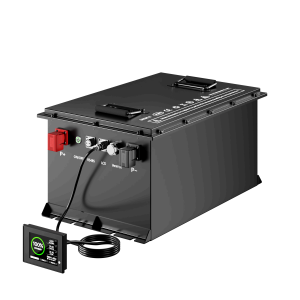
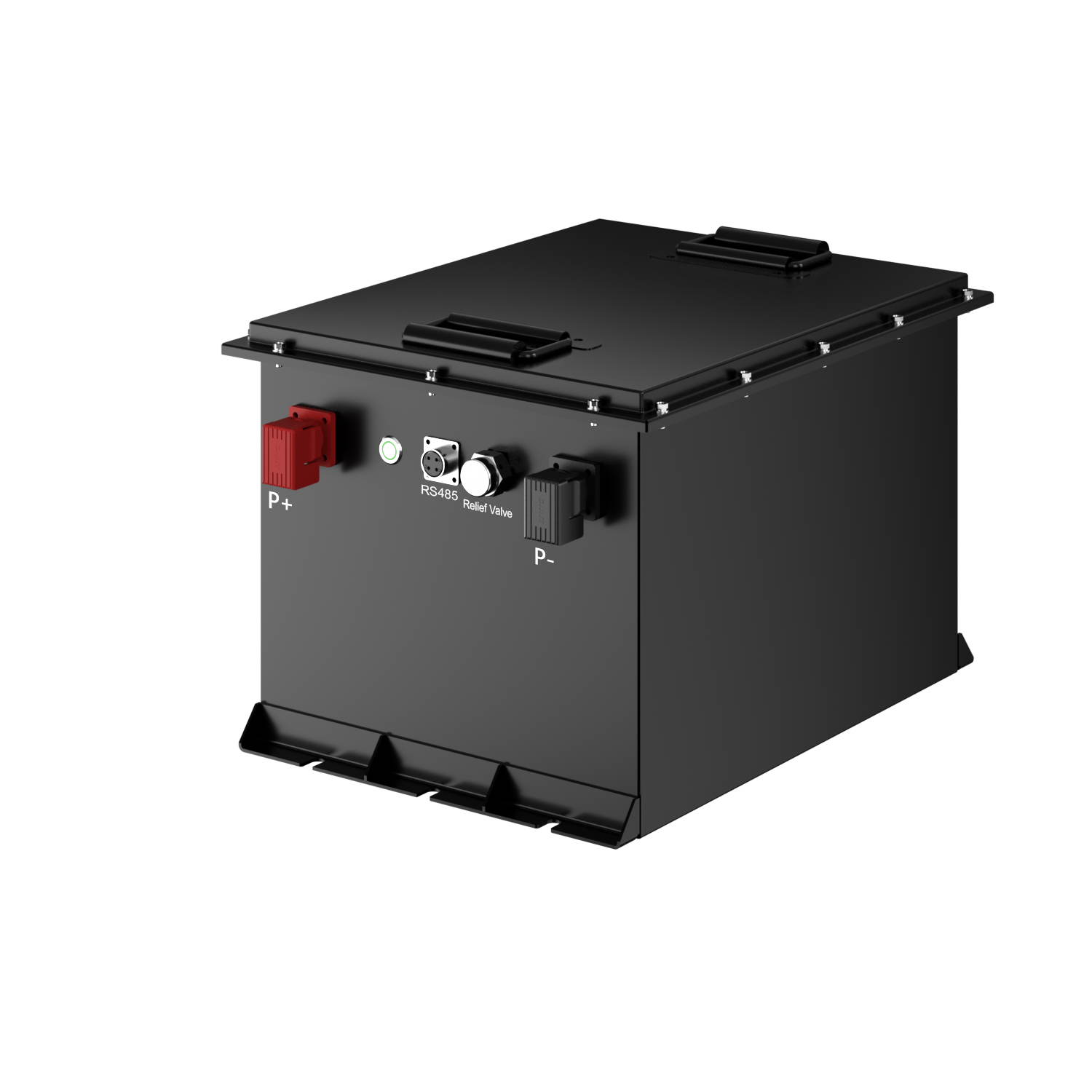
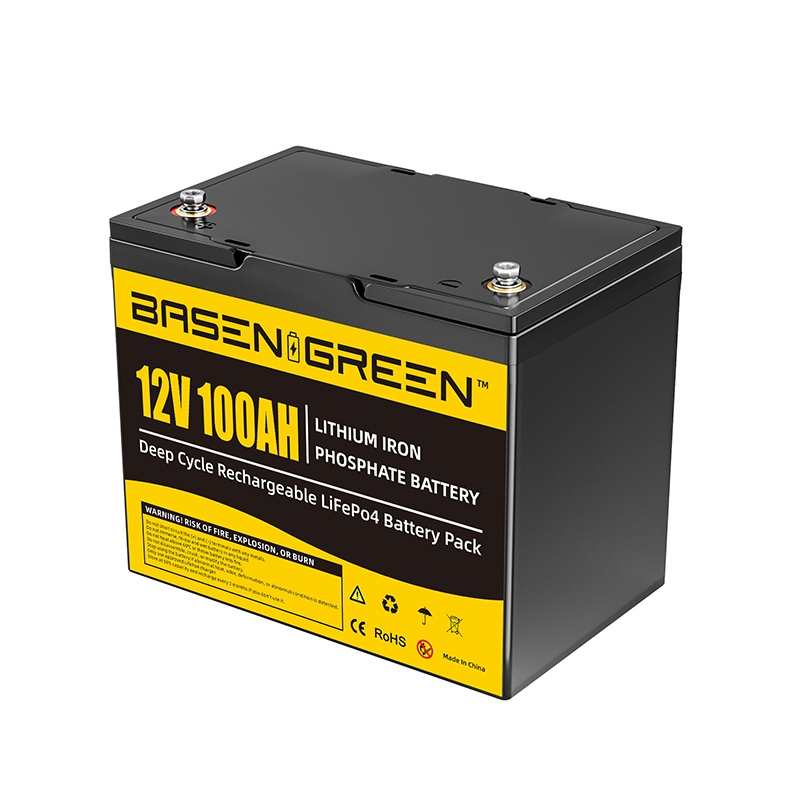




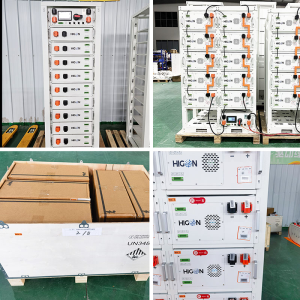
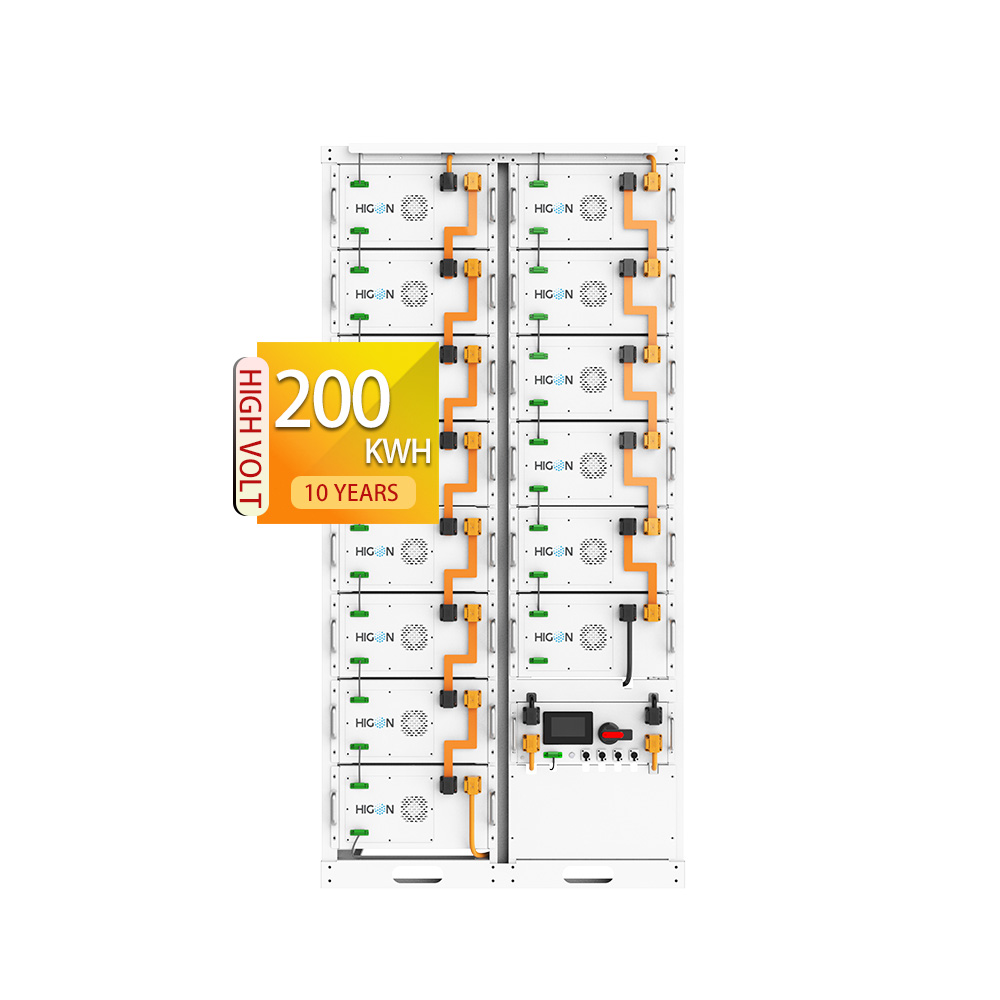
.png)